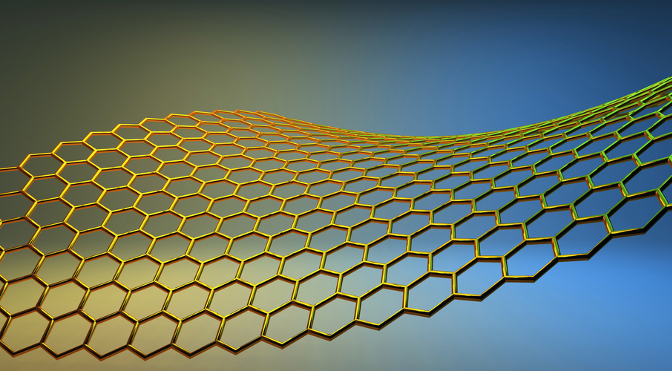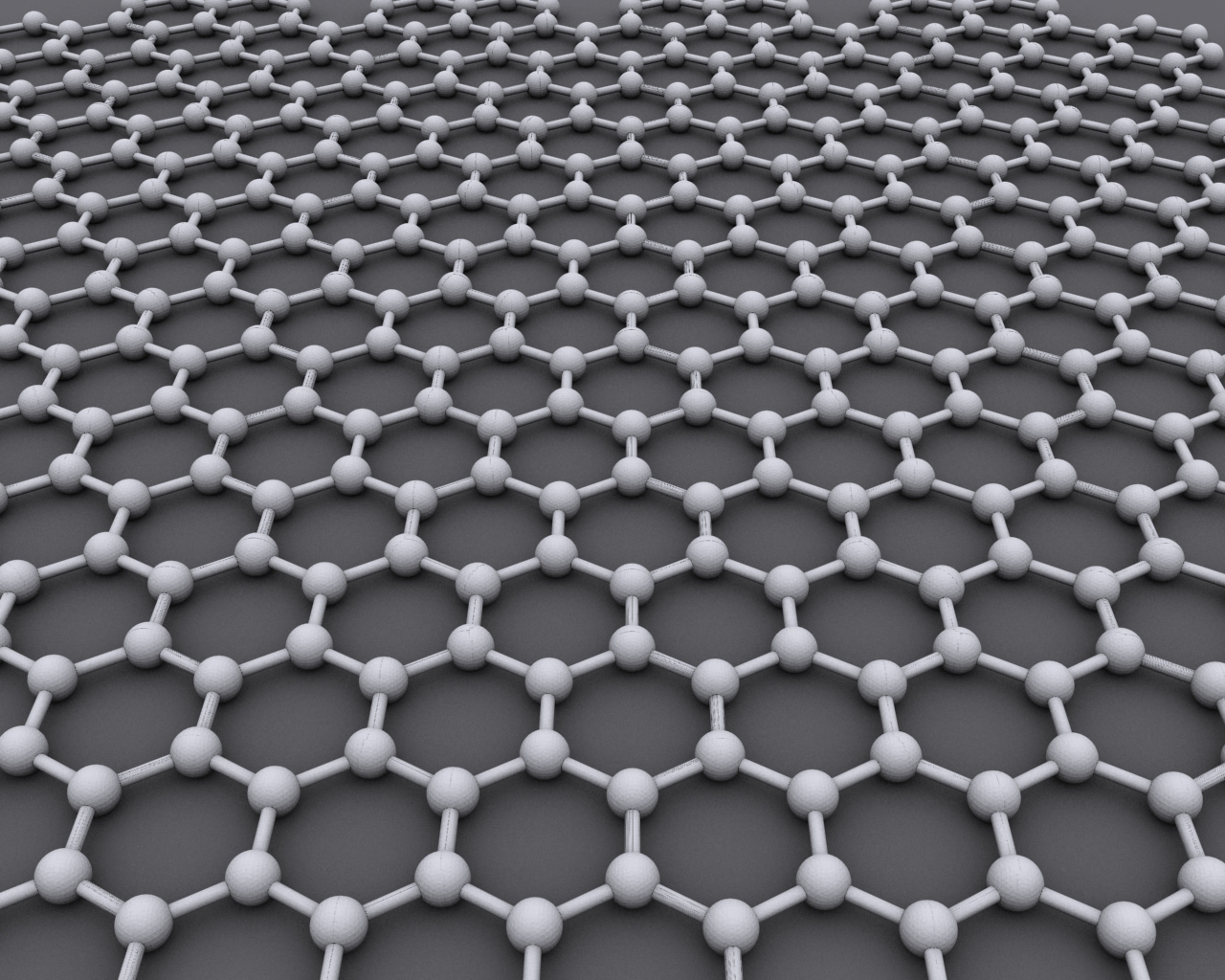Just like other ideas even this idea started with a pencil. Graphene is derived out of graphite which has been used for making the lead for pencil for more than 500 years now. Today Graphene is being considered as the miracle material of the 21st century. It is the world’s thinnest, strongest and the most conductive material ever.
Background of Graphene:
Theory suggests that Graphene was discovered as well as produced by Andre Geim and Konstantin Novoselow at the University of Manchester in the year 2004. Both these scientists have been awarded with Nobel Prize for pioneering work in 2010. Following this a race has started wherein Graphene be being considered as the commercially viable industrial material.
Graphene is a super strong, super thin and super flexible material that is uniquely two-dimensional as has the ability to conduct electricity way better than copper apart from conducting heat way better than any other material known in the field of thermal conductivity. The sheet of carbon graphite is nearly transparent and can molecule one atom in the given thickness. This is why these sheets are being called as chicken wire which is made of carbon atoms.
Use of Graphene in Technology:
Graphene can turn out to be an incredibly attractive material especially in the industry wherein smartphones are being compared based on the thickness and width. According to Dr Kevin Curran, a senior member at the Institute of Electrical and Electronics Engineers (IEEE) as well as reader in Computer Science at Ulster University, it would take approximately a million sheets of Graphene to get a thickness of a millimetre.
Any kind of technology that can help removing millimetres from a chosen gadget can turn out to be extremely valuable. Future can be anticipated for seeing super thin flexible smartphones, highly efficient high-speed computing as well as efficient wearable devices that have complete pliability.
Curran further adds that while on one side flexible display on smartphones might sound gimmicky as if now but it the same can become true for wearable devices, it is change the complete outlook of the wearable space. Being transparent also comes with added advantage of opening up new markets for innovative wearables. Irrespective of the type of device, lightness of the material will benefit everything. But not to be fooled by the lightness of the material, it is known to be 200 times more strong than steel.
Leaving the lightness and strength of the material, the biggest advantage it could bring in the battery life in the portable devices. It has the ability to enable the current lithium batteries to store 10 times the electrical capacity from their present capacity. This means that a single charge will lead to a smartphones work for upto a week and Kindle for a year long.
Future of Graphene:
Graphene is here to stay be it with internet of things or the wearables. This material has the ability to increase the conductivity of RFID (radio-frequency identification) tags by nearly 50 times. This could turn out to be a boon for the wireless data transfer which can be used for tracking location of kids, freights among others.

 Sara Saffari Height: Exact CM/Feet, Real‑World Perception, and Comparisons
Sara Saffari Height: Exact CM/Feet, Real‑World Perception, and Comparisons  What to Do When Your New Car Has Issues
What to Do When Your New Car Has Issues  Top Reasons Companies Are Outsourcing Their Customer Support in 2025
Top Reasons Companies Are Outsourcing Their Customer Support in 2025  Future Trends in Voice Over IP
Future Trends in Voice Over IP  TV Off Lyrics Meaning: Themes, Context, and Why It Resonates
TV Off Lyrics Meaning: Themes, Context, and Why It Resonates  Leanne Morgan Net Worth: 2025 Earnings, Income Streams, and Career Milestones
Leanne Morgan Net Worth: 2025 Earnings, Income Streams, and Career Milestones  Why Sexual Harassment Training Is Essential for a Respectful Workplace
Why Sexual Harassment Training Is Essential for a Respectful Workplace  Data Privacy Threats and How to Tackle Them
Data Privacy Threats and How to Tackle Them  The Role of Business Insurance in Financial Planning
The Role of Business Insurance in Financial Planning 